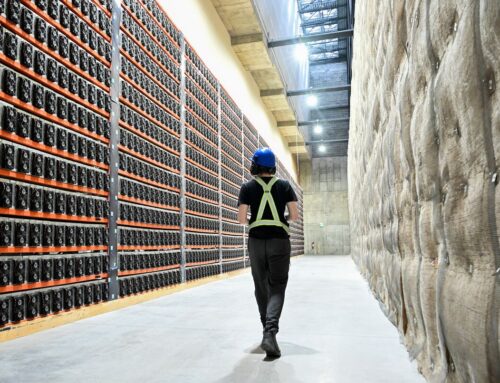CERN showcases projects with environmental applications
November 13, 2025
The CERN Innovation Programme for Environmental Applications (CIPEA) supports over 25 projects seeking technological solutions for the benefit of the environment

CERN researchers contribute to many projects that aim to find technological solutions to environmental problems, from fusion power to detecting marine plastic pollution from space, distributing renewable energy and developing clean aviation. These collaborations with academic and industrial partners are coordinated by the CERN Innovation Programme for Environmental Applications (CIPEA), led by Enrico Chesta.
Launched in 2022 with eight projects, CIPEA was subsequently expanded to encompass all of CERN’s environment-focused innovation projects that aim to have an impact beyond CERN’s own footprint. Over 25 of these projects are now under implementation in four key areas: low-carbon energy; clean transportation and future mobility; climate change and pollution control; and sustainability and green science. On 28 October, in connection with the International Day of Climate Action, 12 speakers showcased how CIPEA projects are tackling a wide array of challenges through very different means.
Discussions began with a focus on fusion, a promising potential source of clean and abundant energy for the future. Many areas of CERN expertise, such as high-temperature superconducting magnets, cryogenics and materials testing, have significant overlaps with the technological demands of nuclear fusion.
Other projects showcased at the event included a collaboration with SuperNode to develop superconducting energy transmission cables using CERN’s vacuum expertise; Edge SpAIce, which aims to use CERN’s AI technology to detect marine plastic pollution from space; and the structured laser beam. Originally used at CERN for ultra-precision alignment, the beam is now used by the Dutch startup InPhocal, which is part of the CERN Venture Connect programme, to mark products in the food and beverages industry without the use of toxic printing inks.

The range of projects showcased during the event highlighted the diversity of CERN’s support for technologies with environmental applications. These initiatives are only possible through close collaboration with industry, with over 80% of the financial contributions to CIPEA projects coming from external partners. While some projects are due to end this year, CIPEA coordinator Chesta emphasised that new ones currently being prepared will take further small steps in the right direction towards tackling environmental issues.
Read more about CIPEA and CERN Knowledge Transfer’s environment-related activities.
Search
RECENT PRESS RELEASES
Related Post




